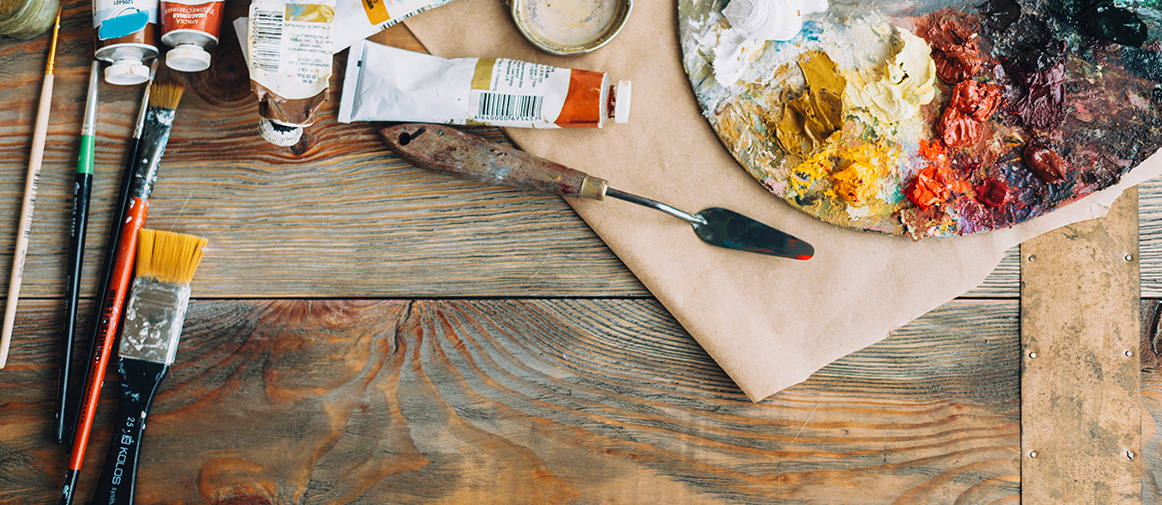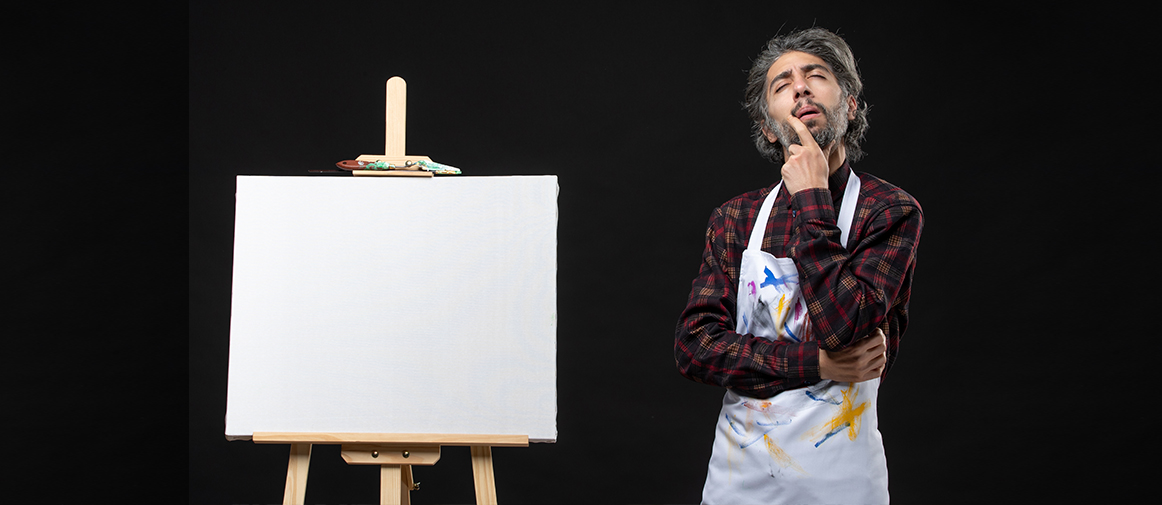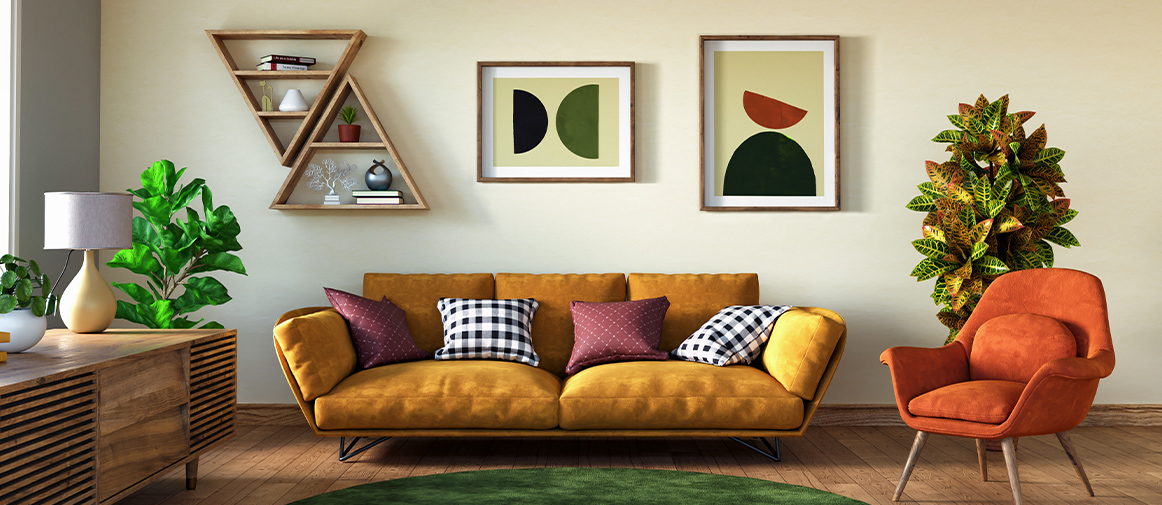Enjoy free shipping on all orders. Delivery within 7-8 working days.

The phrase "art for art's sake" is familiar to many. This concept emerged in the early 1800s and has been widely discussed since. Theophile Gautier was one of the first to address this idea, stating that beauty is "something beautiful, regardless of anything else." Walter Pater took this idea further in 1855, writing that the subjective side of aesthetic experience, or the natural and spontaneous tendency towards art, should be developed and become self-conscious.
The notion that art should be natural and spontaneous is not entirely new. If we look at Greek sculptures or Egyptian paintings on tomb walls, we can see that the creators did not have to think too deeply about their work; they simply made something beautiful and deemed that sufficient.
Oscar Wilde formalized this idea in his essay "The Decay of Lying" (1889), stating that art should be judged on its own merits, separate from any larger context or moral implications. Wilde argued that morality and politics have no place in art and that an artist's sole purpose is to create beautiful things and speak truthfully. He believed that we should not be concerned with how far an artist's work deviates from traditional standards of truth, but rather simply appreciate it for its beauty. Many great artists throughout history have embraced Wilde's ideas in their work.
Michelangelo did not worry about whether or not the sculpture of David was morally right or wrong; he simply focused on creating a beautiful sculpture that would stand the test of time. He did not have to create a sculpture that reflected society's ideas of right and wrong; rather, he allowed his artistic talent to flow freely. Similarly, when Shakespeare wrote Romeo and Juliet, a play about two young lovers from feuding families, he did not concern himself with whether or not love between two people from opposing families was possible. Instead, he focused on crafting interesting characters that would engage the audience and make them care about what happened to them, even though they likely knew that the events depicted in the play could never occur in real life.
When we read a piece of writing, we often feel something about the characters. However, when we say that a character is good or bad, we are not referring to their appearance; we are referring to their actions. Johann Schiller, a German playwright, poet, and philosopher, stated that morality and aesthetics are distinct from one another. Aesthetic judgments, he said, are subjective and depend on how the audience reacts to the work, rather than on facts about how things should be done.
Some people may use "art for art's sake" as an excuse to avoid critical thinking about a work. However, if someone engages in critical analysis and determines that a work lacks artistic merit and is not worth further deconstruction, they can be credited with understanding their own tastes and limits as a viewer or reader.
Beauty does not need a deeper meaning to be appreciated; it is sufficient on its own. Art is art because it is art. It can be enjoyed without worrying about how others will interpret or judge your tastes. You do not need to know the meaning behind a piece of art, who created it, or its history to appreciate it. You also do not need an expert's opinion on why one piece is superior to another. As Oscar Wilde famously said, "All art is quite useless," a statement that encapsulates the idea of art for art's sake, or the belief that the purpose of art is to be beautiful or enjoyable in and of itself, without any other goal or purpose.








